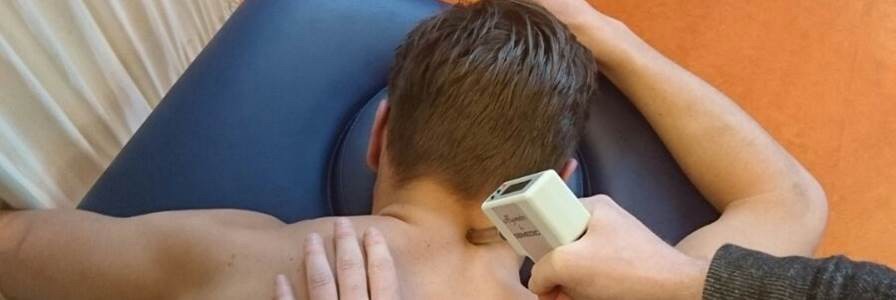
Rehabilitation & Physiotherapy
Low-Back Pain
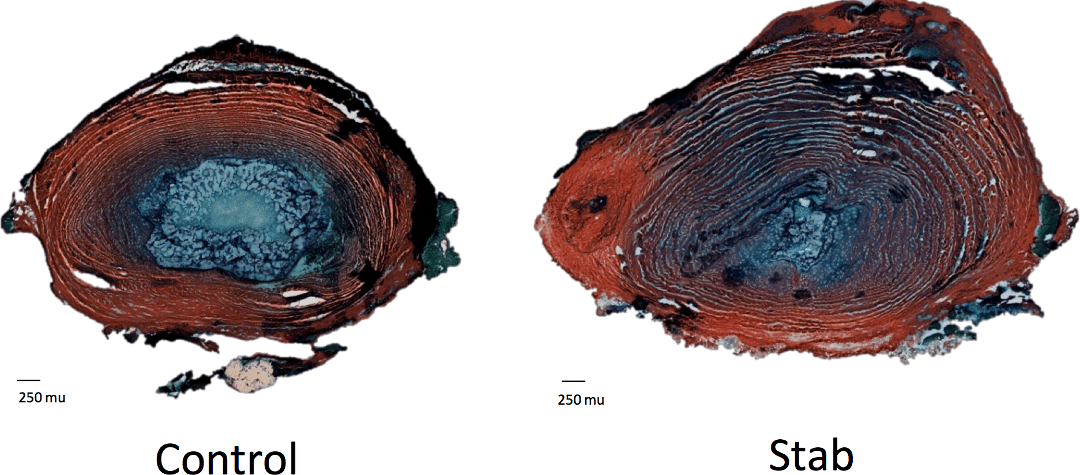
Interactions between disc degeneration and multifidus atrophy
The aim of this project is to understand how the mechanical effects of atrophy of the multifidus muscles, as observed in patients with low-back pain, interact with those of intervertebral disc degeneration. Disc degeneration reduces spine stiffness and may impair control over spine movement. Multifidus atrophy is assumed to result from nociceptive afference from spinal structures and may all negatively affect control over the spine. In turn, reduced control over spine movement may enhance disc degeneration.
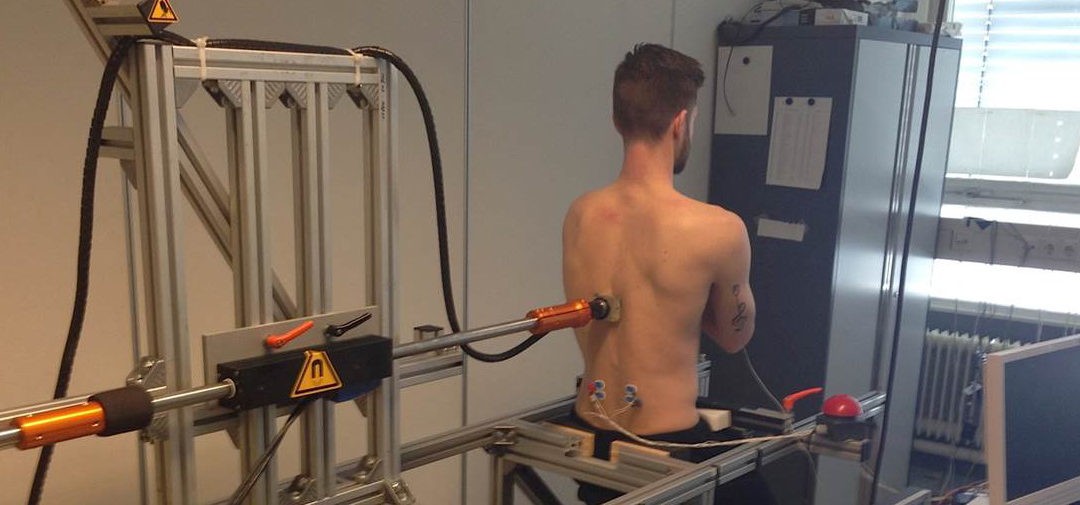
Identification of trunk postural control mechanisms
In this project, we have developed methods to identify trunk muscle control based on mechanical perturbations of the trunk and measurements of resulting kinematics and muscle activity and a neurophysiological model of trunk control to obtain a better understanding of how trunk posture is maintained in healthy subjects and how this control is impaired in patients with low-back pain and movement disorders

Splinting behavior in patients with low-back pain?
It is well established that patients with chronic low-back pain move their trunk different than pain-free individuals during walking and other activities. In this project we investigate whether these altered movement patterns care an effect of splinting: an increased stiffness of the trunk through co-contraction of trunk muscles or through high reflex gains, aimed at avoid large of fast movements.
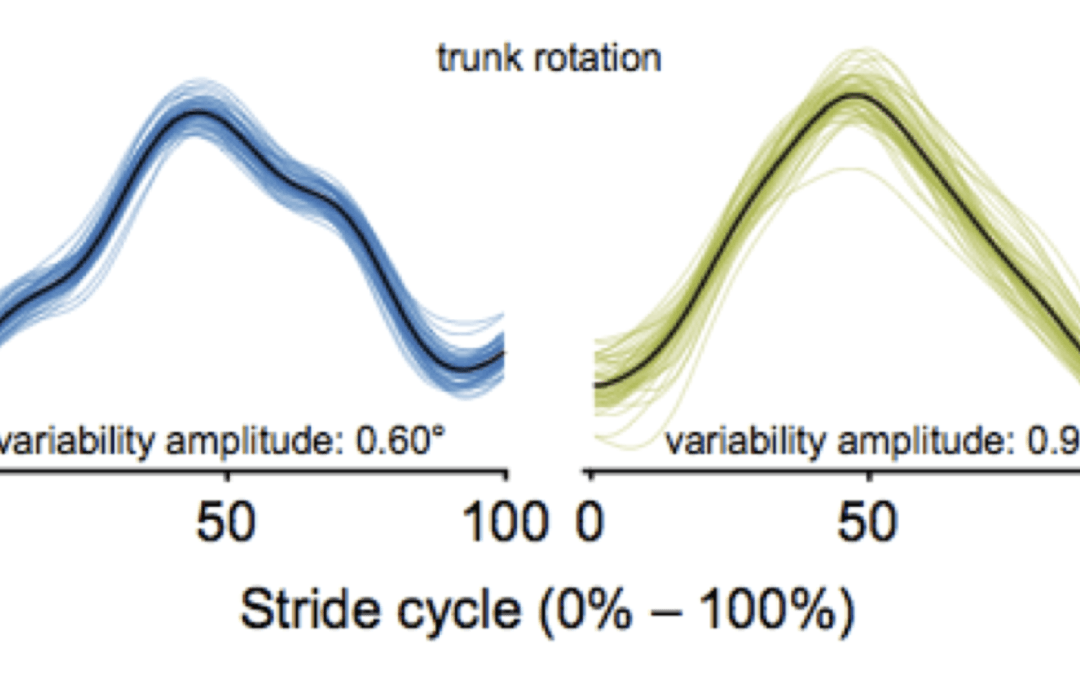
Unravelling chronic low-back pain: The clinical value of movement variability
This research project aims to investigate the role of movement variability in low-back pain, to develop clinically applicable methods for assessing movement variability, and to evaluate the relationship between movement variability and important psychological barriers for recovery.
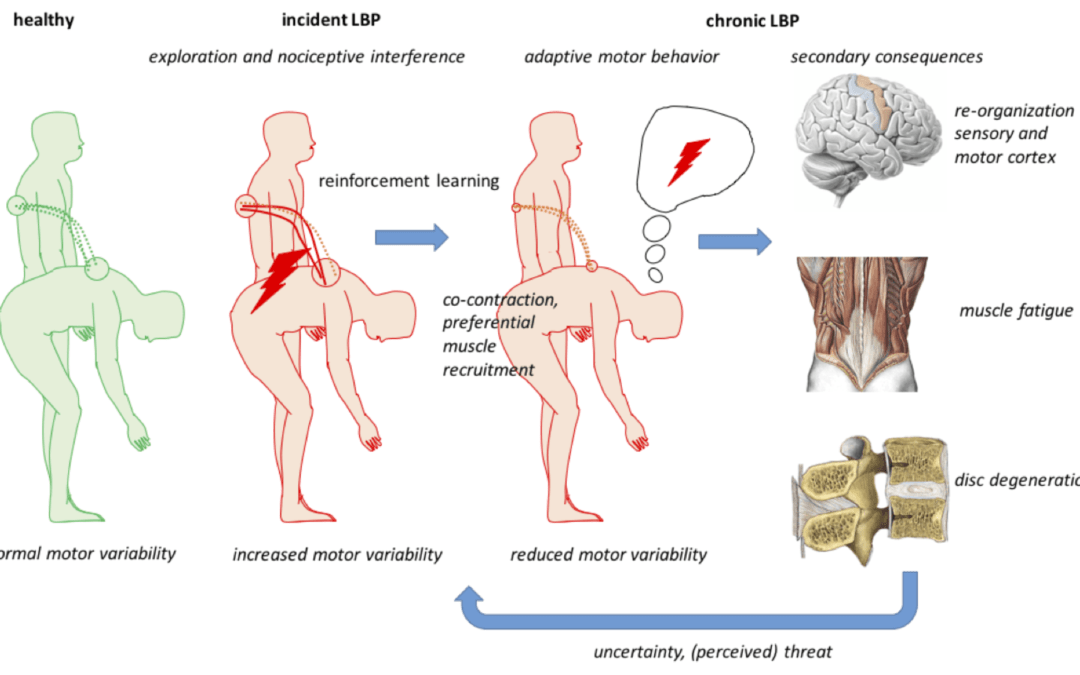
Motor learning in patients with low-back pain
We propose that pain and loss of control over posture and movement, as well as the perceived threat of these, may drive a learning process leading to movement patterns that contribute to persistence of pain. In this project we investigate how (threats of) pain and loss of control affect motor behavior in healthy controls and patients with low-back pain.
Neck pain
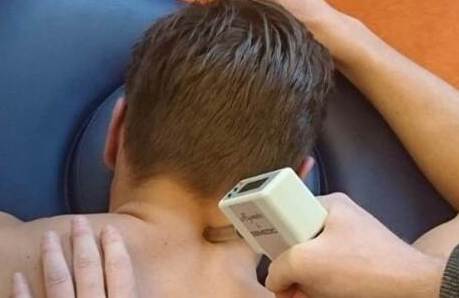
MOTion: Musculoskeletal physiotherapy and immune responses in neck pain
The overall aim of this study is to gain insight into the immune response in patients with neck pain and cervical radiculopathy, the influence of Musculoskeletal Physiotherapy on this immune response and the role of neuro-inflammation in patients with cervical radiculopathy.
Neurorehabilitation
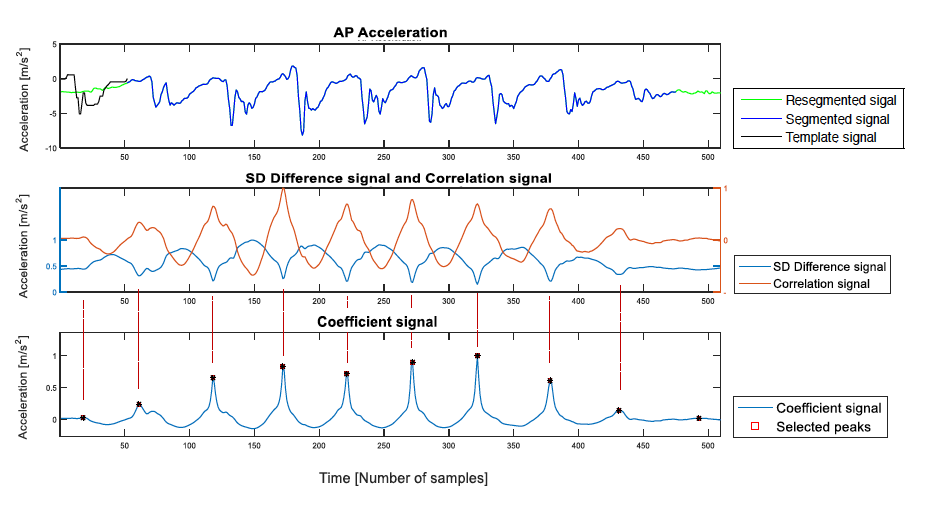
Markers of progression and early predictors in Parkinson’s disease
Parkinson’s disease (PD) is a common condition in elderly. gait and postural control mechanisms are progressively affected in patients with PD. We use a single body-worn inertial sensor to analyze short episodes of gait. We extract signal features to objectify and understand gait changes in patients with PD, and to find markers for early detection and indicators of progression of PD.
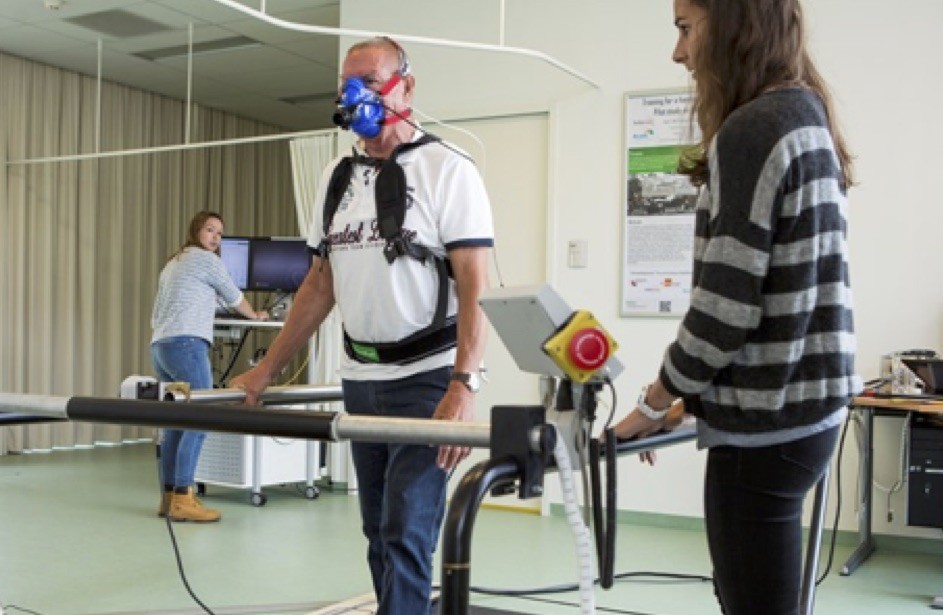
Fitness and Functioning after Stroke (FaFaS): Relative aerobic Load of daily life
This study will provide reference values for the (relative) aerobic load of daily activities for people after stroke. Furthermore, it will assess the impact of relative aerobic load on daily life activity levels.
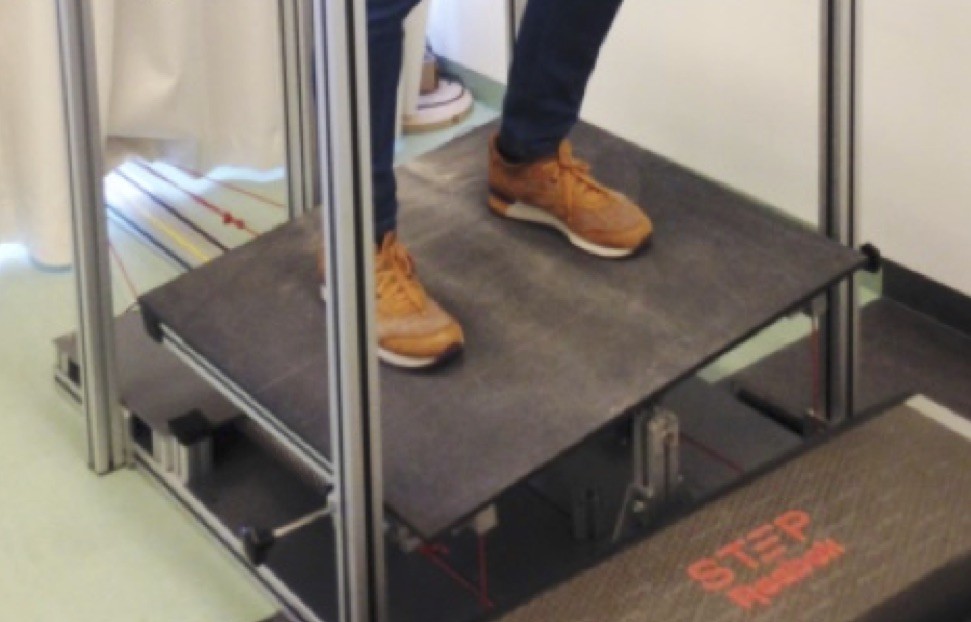
Implicit motor learning and movement automaticity in people with stroke
This study will provide reference values for the (relative) aerobic load of daily activities for people after stroke. Furthermore, it will assess the impact of relative aerobic load on daily life activity levels.
Orthoses and Prostheses
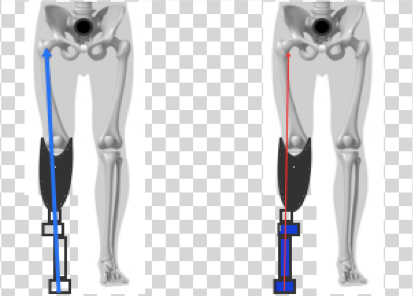
Kinetic gait data to quantify socket fit and prosthetic alignment in amputees
To improve clinical practice it is important to quantify prosthetic alignment. Recently studies have shown that kinetic alignment criteria are feasible for alignment purposes. Therefore, it is this study’s goal to investigate the possible use of kinetic alignment criteria to optimize prosthetic functioning.
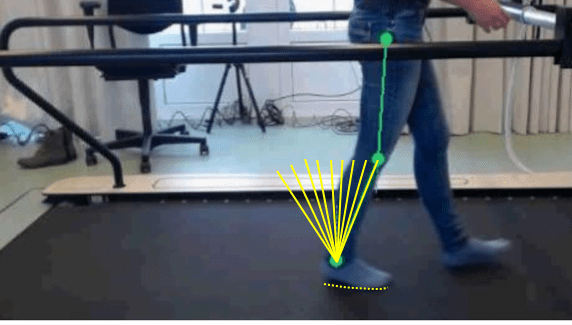
Prosthetic and Orthotic Dynamic Alignment for Rehabilitation
The efficacy of prosthetic feet and ankle foot orthoses depends on a proper tuning (alignment) of these components to the user. Tuning involves selecting the right mechanical properties (e.g stiffness and length) and selecting the proper orientation of the device relative to biological leg of the user. In a series of projects we aim to find clinically applicable outcome measures to quantify the effect of tuning on body progression and propulsion (e.g shank-to-vertical-angle and roll-over shape). In addition, we investigate the effect of changes in these outcomes on gait stability and economy.
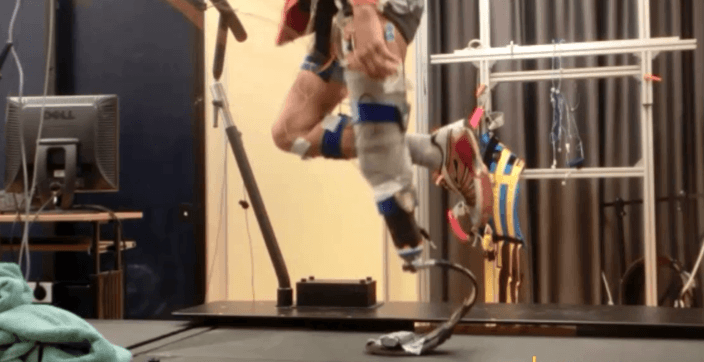
Running specific prostheses and orthoses
For people with lower limb impairments their running ability can be restored or enhanced using assistive technology that supports this behavior in the leg. For amputees this application is well known as their conventional prosthetic feet are replaced by carbon blades. In a series of projects the properties of running prosthetic and orthotic blades are investigated with specific focus on the question how the interaction between user and blade affects the running performance.
Women’s and men’s health
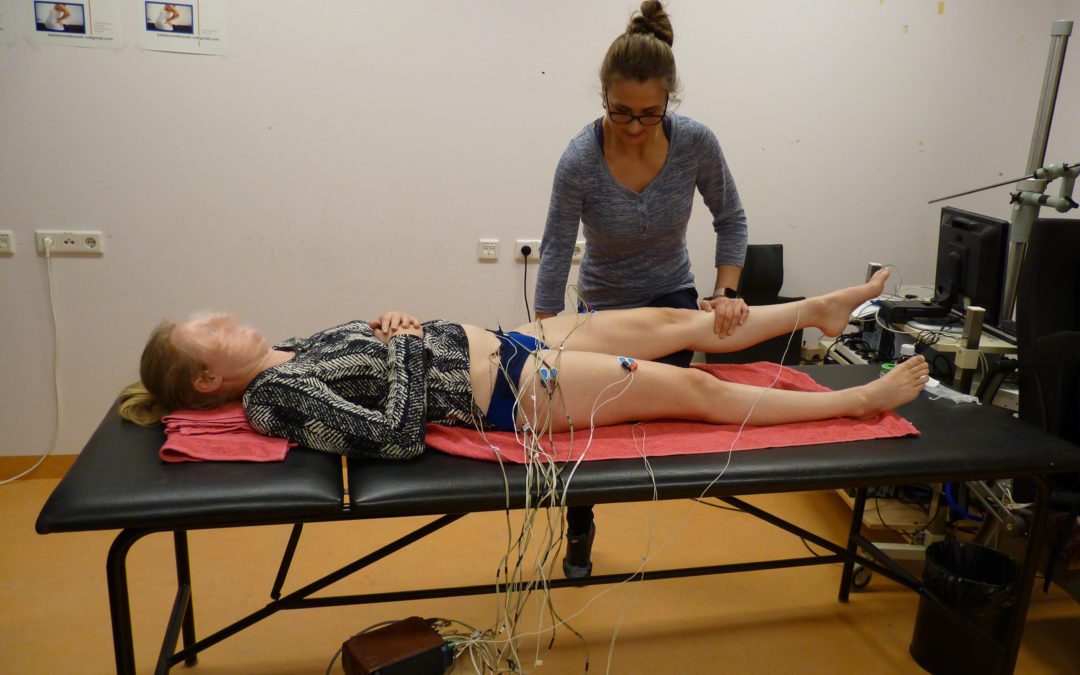
Balance & motor control in pregnancy related Pelvic Girdle Pain
Pregnancy related pelvic girdle pain (PGP) can develop into a chronic pain condition years after giving birth. Main complaints in these women are specific activities in daily life like walking stairs, standing on 1 leg. This PhD study will explore the differences in motor control in healthy post partum women and women with PGP remaining years after giving birth. Furthermore, it will be studied which alterations in the motor cortex of the brain are associated with these changes in motor control and how to clinically manage these motor control problems.